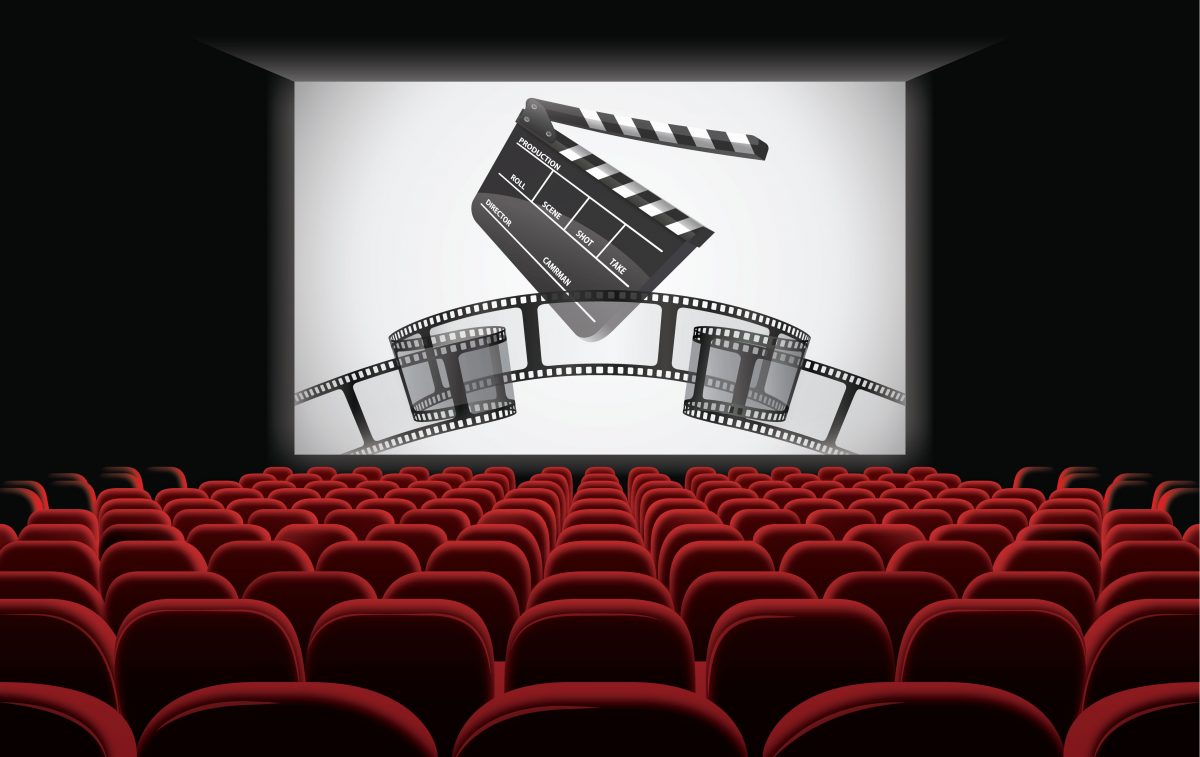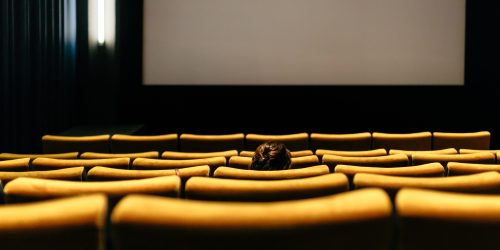TBI Blogs: Here’s How We Can Make Cinema an Accessible Experience for the Visually Impaired
There is a need to make audio description mandatory for film makers so that cinema becomes an inclusive source of entertainment for persons with blindness and visual impairment. Sonali Jain further explores the world of audio-described movies.

There is a need to make audio description mandatory for film makers so that cinema becomes an inclusive source of entertainment for persons with blindness and visual impairment. Sonali Jain further explores the world of audio-described movies.
Films are an integral part of our culture and society. A movie allows us to unwind and escape from our daily routines and problems into an alternate reality. Cinema gives us the opportunity to socialize with friends, family, and others to collectively laugh, applaud, and share similar emotions. Cinema is also a reflection of the times and the society we live in, and therefore it plays a pivotal role in shaping the perceptions and values of the masses. Films are an important source of both entertainment and information. Films are an effective medium of disseminating information on various subjects like history, mythology, politics, science, technology, sports, and so on. Yet there is a section of society who is deprived of this enriching experience of cinema.
The next time you visit a cinema hall, close your eyes for a few minutes and try to make sense of the film that’s playing. The dialogue-heavy sections won’t sound too different, but it’s the sections with no verbal exchange and some music playing in the background where you feel that you’ve lost out on details. You will feel a sudden disconnect with the plot. That’s the experience a visually impaired person goes through every single time he or she is watching a film in a theatre full of a sighted audience.
This is because the film director hasn’t accounted for the needs of a “blind viewer”—if I can use that oxymoron—when the film was conceived.

Persons with visual impairment often have to rely on their sighted companions to explain the less wordy sections of the film so that they don’t miss out on critical details. Gestures, facial expressions, and other such nuances take the story forward in many ways, but the blind audience remains excluded from these plot progressions. It takes away from the enjoyment of the whole cinematic experience.
Also, cinema, like politics and cricket, is a great conversation puller in our country. At social gatherings, the films you have watched recently become starters for great conversations. So cinema, in that sense, gives a chance to the visually impaired to assimilate themselves into mainstream discussions.
Therefore, there is a need for filmmakers and society at large to understand and accept that a person with visual impairment sees cinema as a tool of entertainment as much as a sighted person. People stare at blind persons with surprise when they see one walk into the theatre. Filmmakers in India don’t acknowledge their blind audience when they conceive a story.
Once society accepts that blind persons rely on cinema for their dose of amusement, myriad ways of making cinema accessible can be explored and used to make the medium inclusive.

One such step towards making cinema inclusive is adding audio description to films for the benefit of persons with visual impairment. Audio-described movies have proven to be an important technique to help persons with blindness enjoy cinema at par with their sighted counterparts.
Audio description (also referred to as video description, or more precisely called visual description) is an additional narration track intended primarily for blind and visually impaired consumers of visual media (including television and film, dance, opera, and visual art).
According to the American Council of the Blind, Audio Description involves the accessibility of the visual images of theater, television, movies, and other art forms for people who are blind, have low vision, or who are otherwise visually impaired. It is a narration service (provided at no additional charge to the patron) that attempts to describe what the sighted person takes for granted—those images that a person who is blind or visually impaired formerly could only experience through the whispered asides from a sighted companion. It is a commentary and narration which guides the listener through the presentation with concise, objective descriptions of new scenes, settings, costumes, body language, and ‘sight gags’, all slipped in between portions of dialogue or songs.
This description is generally pre-recorded and synced to the movie soundtrack.

The late Dr. Margaret Pfanstiehl and her late husband Cody invented audio description in 1981, and it has become popular in America and many European countries since then, where mainstream cinema has successfully adopted this practice. Theaters broadcast the normal film soundtrack to cinema speakers in the usual way. Meanwhile, recorded narration on a personal set of headphones explains what’s happening on-screen in the gaps in dialogue.
India is a huge producer of films. Yet our film industry has not adopted audio-described movies. Independent bodies have begun supplementing mainstream films with audio descriptions, but it is time-consuming and cost-extensive. However, a Delhi-based NGO, Saksham, has undertaken the task of audio describing movies for the visually impaired. In fact, this year, the 47th International Film Festival of India (IFFI) had an exclusive section for audio-described movies. These were for children with disabilities as part of the Accessible India campaign. This was led by Saksham along with UNESCO to sensitize Indian cinema to the needs of persons with visual impairment. But, audio-describing movies at a later stage is time-consuming and costly.
Hence, the Indian film industry must add audio description to the process of production of the film.

Moreover, once filmmakers recognise the need for audio description, they can incorporate several story changes to make cinema inclusive. For instance, with movies like Angoor, or similar such laugh riots, one doesn’t need much audio explanation on the side. Here, the movies themselves are dialogue- and humour-driven. We must acknowledge the visually impaired as avid cinema watchers, instead of ignoring them while producing mainstream cinema.
(The author works for Delhi-based NGO Saksham, which works towards inclusion and employment of visually impaired persons. Saksham is also a member of the Eyeway network. The network operates a national toll free helpline (1800 300 20469) for the blind and visually impaired.)
Find out more about Saksham’s project on audio description of movies, and how you can help, on the organisation’s website.
Like this story? Or have something to share? Write to us: [email protected], or connect with us on Facebook and Twitter.
NEW: Click here to get positive news on WhatsApp!
This story made me
- 97
- 121
- 89
- 167
Tell Us More
We bring stories straight from the heart of India, to inspire millions and create a wave of impact. Our positive movement is growing bigger everyday, and we would love for you to join it.
Please contribute whatever you can, every little penny helps our team in bringing you more stories that support dreams and spread hope.



















